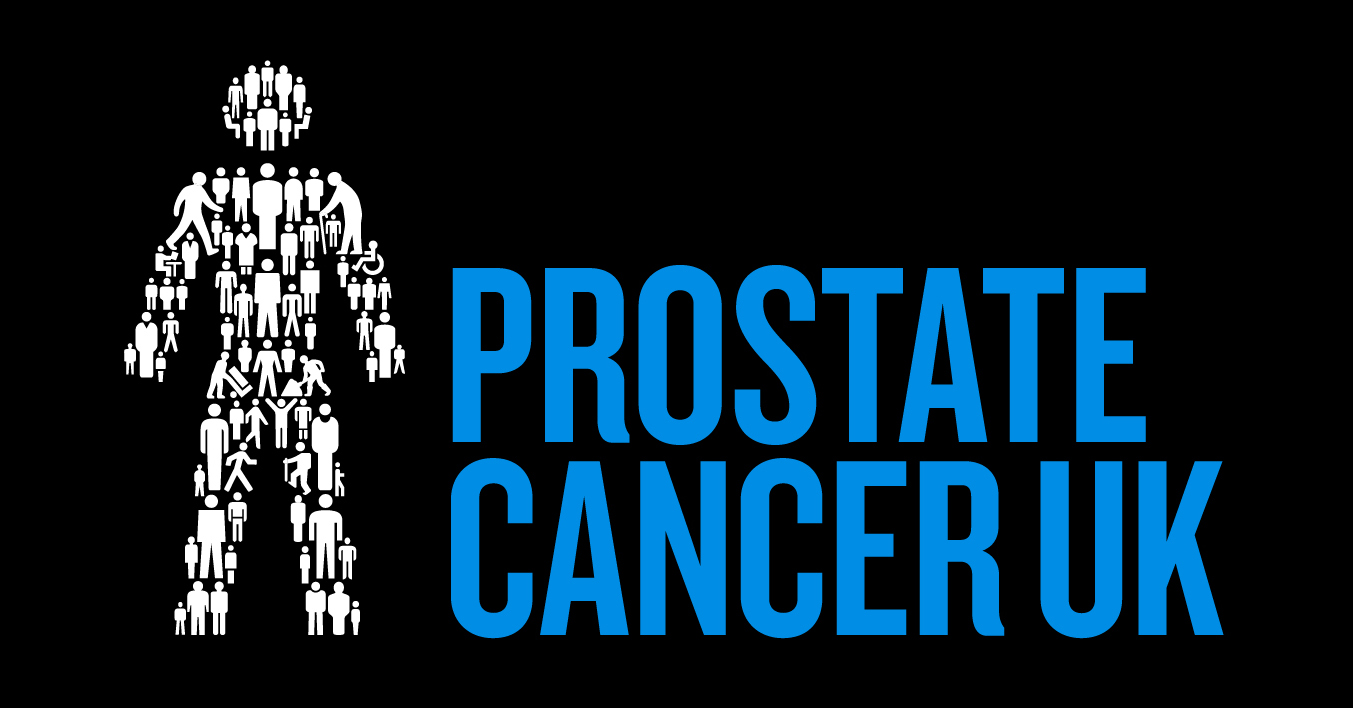In February 2016, the Sentencing Council’s Health and Safety Offences, Corporate Man-slaughter and Food Safety & Hygiene Offences Definitive Guideline came into force.
The guideline followed a new model based on the culpability of the offender, the risk of harm created by the offence, the likelihood of harm and any actual harm caused. The aim was to ensure that the levels of fines imposed for these offences were proportionate to the means of the offender and reflected the seriousness of the offence committed.
On April the 6th, the Sentencing Council published the results of an analysis undertaken to assess the impact of the guideline on sentence outcomes and fine amounts, and whether there were any implementation issues…
What has been the impact on organisations for health and safety offences?
The findings show that for health and safety offences there has been a considerable increase in fine amounts for larger organisations since the guideline came into force, which was anticipated by the Council. Fines also appear to have increased (to a lesser degree) for smaller organisations, which was not anticipated.
For individuals sentenced for health and safety offences, there has been an unanticipated increase in higher fines, and an unanticipated change in the use of some disposal types, however the shift in disposals appears to be a short-term change which only affected a relatively small number of offenders.
In the ten months prior to the introduction of the guidelines, companies that were convicted for health and safety offences were fined an average of £40,500. In the 10 months after the guidelines were introduced the financial penalties have risen dramatically to an average of £221,700, which is a 447% increase.
What has been the impact on organisations for other offences covered by the guideline?
Although, relatively small compared to health and safety offences, there has been an increase in fines handed out to organisations for food safety and hygiene offences.
There was a small increase in fines imposed on individuals for food safety and hygiene offences which was not anticipated by the Safety Council.
Fine amounts imposed on organisations sentenced for corporate manslaughter may have increased since the guideline came into force (as anticipated), however this finding should be treated with caution due to low volumes.
Other impacts
A comparison of a sample of judgments for health and safety cases heard by the Court of Appeal (both before and after the guideline came into force) suggests that fewer appeals have been successful following the guideline’s introduction (although this finding is indicative only, due to the small sample analysed).
Between 2011 and 2015, more than half of organisations were sentenced in magistrates’ courts. This trend reversed in 2016, with 55% being sentenced in the crown court in 2017.
Is the guideline being used as intended?
Analysis of Crown Court judges’ sentencing remarks for a sample of health and safety cases (for both organisations and individuals) suggests that the guideline is generally being applied in the manner intended.
The Council has considered this analysis, particularly the findings in relation to the fines imposed on smaller organisations and individuals. The Council intends to investigate further the operation of the guideline in due course and will consider at that stage whether any revision of the guideline is necessary.
(Adapted from an article in IOSH Magazine)
How would you be able to handle a prosecution for Health & Safety of Food Safety & Hygiene offences? If you’re not sure, for help and guidance, contact us now.







